Engaged in the clothing industry for 20 years.

Dystopian opulence or a literal garden: Met Gala 2024 predictions
‘The Garden of Time’ is this year’s Met Gala dress code, a reference to a short story of the same name, in which author J. G. Ballard explores the endless cycle of destruction and creation made by humanity.
The novel follows the life of Count Axel and his wife who reside in a decadent villa surrounded by a blossoming garden. Once cut, each flower in the garden pushes back time and with it the imminent threat of darkness that spreads beyond the confines of Axel’s home. However, with new flowers no longer blooming, Axel is eventually forced to snip the final one, and as a result he and his wife prepare to be consumed by the approaching menacing “rabble” ahead.
While the story itself seems intangibly linked to the world of consumption and conflict seen around us, it also intertwines with the Costume Institute’s corresponding exhibition ‘Sleeping Beauties: Reawakening Fashion’. Here, 250 historically significant pieces deemed too fragile to be worn again are to be put on display in what the Met says will be an exploration into the notions of rebirth and renewal in fashion, with a further emphasis on nature’s role in such a process.
As such, there is a wide breadth of interpretation for Met Gala’s attendees, with historical references and a reliance on nature being among just two of the avenues to be explored. FashionUnited takes a deep dive into what we could expect from those preparing to take to the Met’s steps on that infamous first Monday in May.
Dystopian opulence
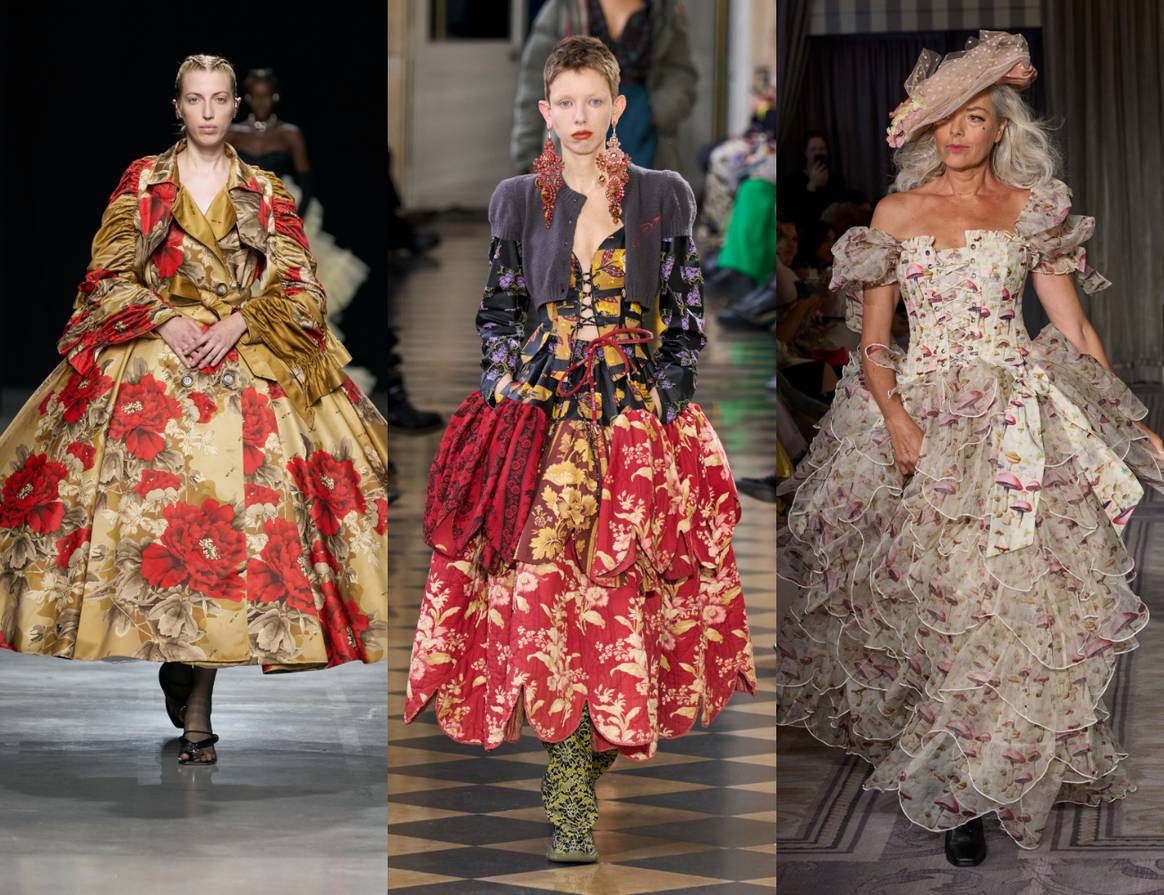
While Ballard’s novel isn’t inherently described as dystopian, its theme can be thought of as such: a future world that exists due to a great unfairness or injustice. This, combined with the opulence in which Axel and his wife live in is enough to deduce that a darker sense of luxury is to take precedence. Taking further cues from historic dress, it is likely that many attendees will look to Renaissance fashion for inspiration, drawing on corsetry and boning, albeit in disjointed means that reflect the ambiguous period the protagonists find themselves in.
The last flower
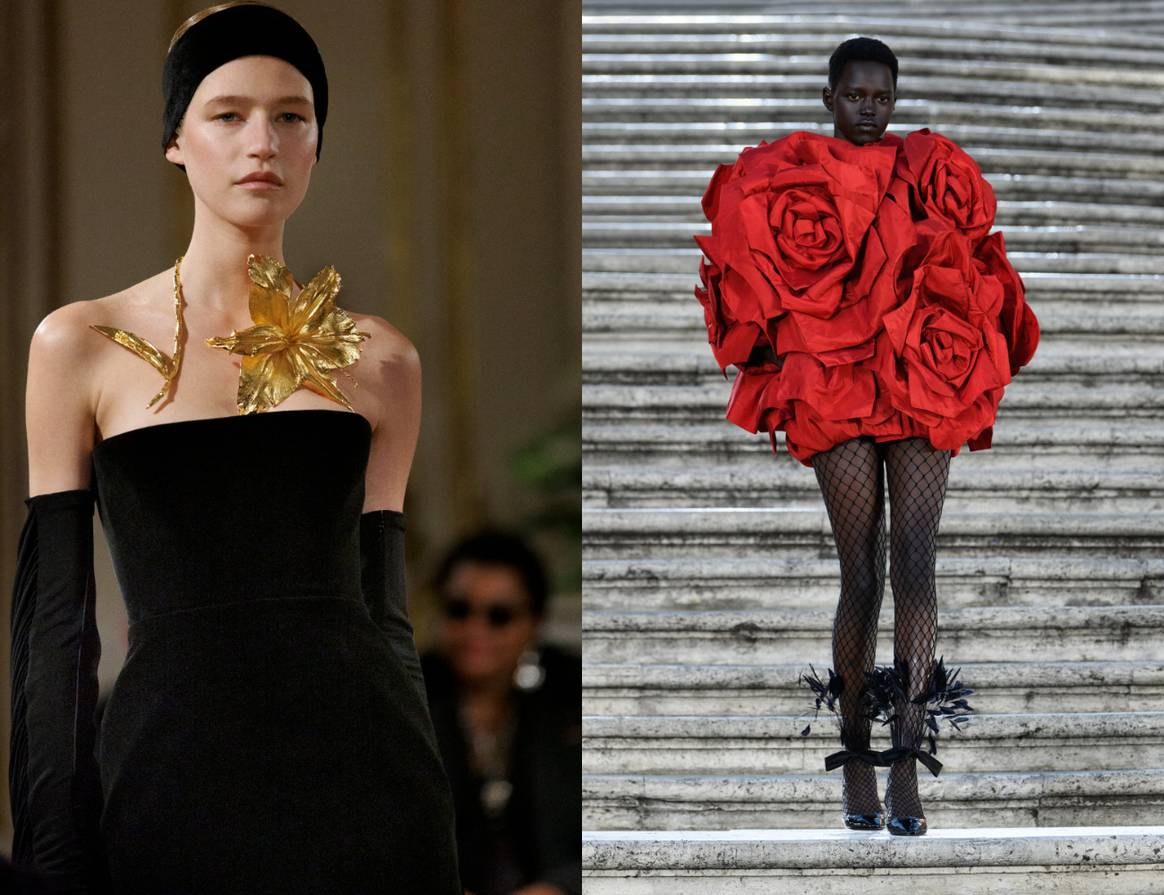
This theme is a direct reference to the final flower Axel picks before packing up his villa and preparing for the carnage that would eventually descend upon him. Though Schiaparelli’s Haute Couture look may have only recently been sported by Hunter Schafer, and therefore likely casting it out of being a possible red carpet runner, it does well to mirror the delicate cause and effect of the valuable singularity of Axel’s last flower and what it means for him and his wife’s future.
A literal garden
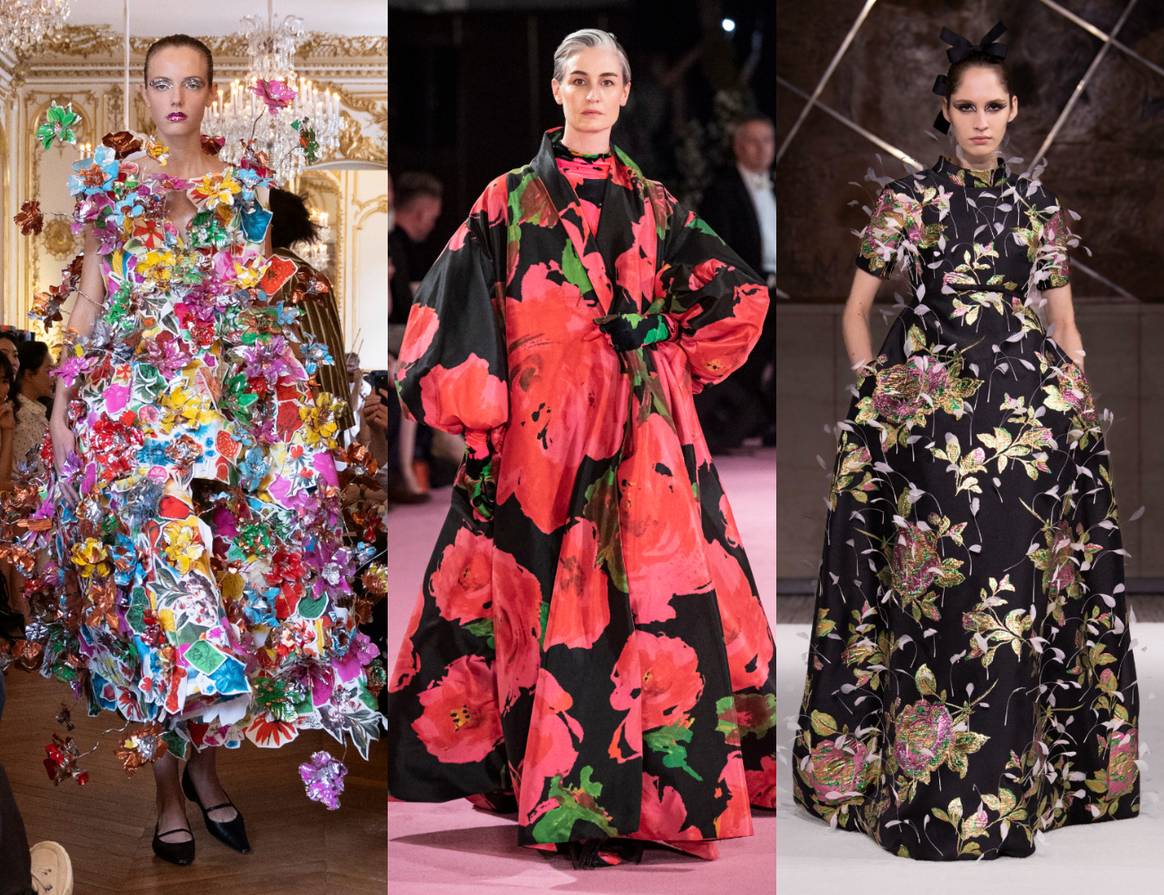
Continuing down the path of literal interpretations, we can also look to the more hefty inclusion of florals over the entirety of a gown, referencing the beginning stages of Axel’s garden before it was whittled down to a sole flower. Marni’s SS24 collection provides a fun direction for this concept, with haphazard dresses that are layered in floral embellishments, while many of Richard Quinn’s designs incorporate such symbology alongside darker elements.
Abstract perspectives
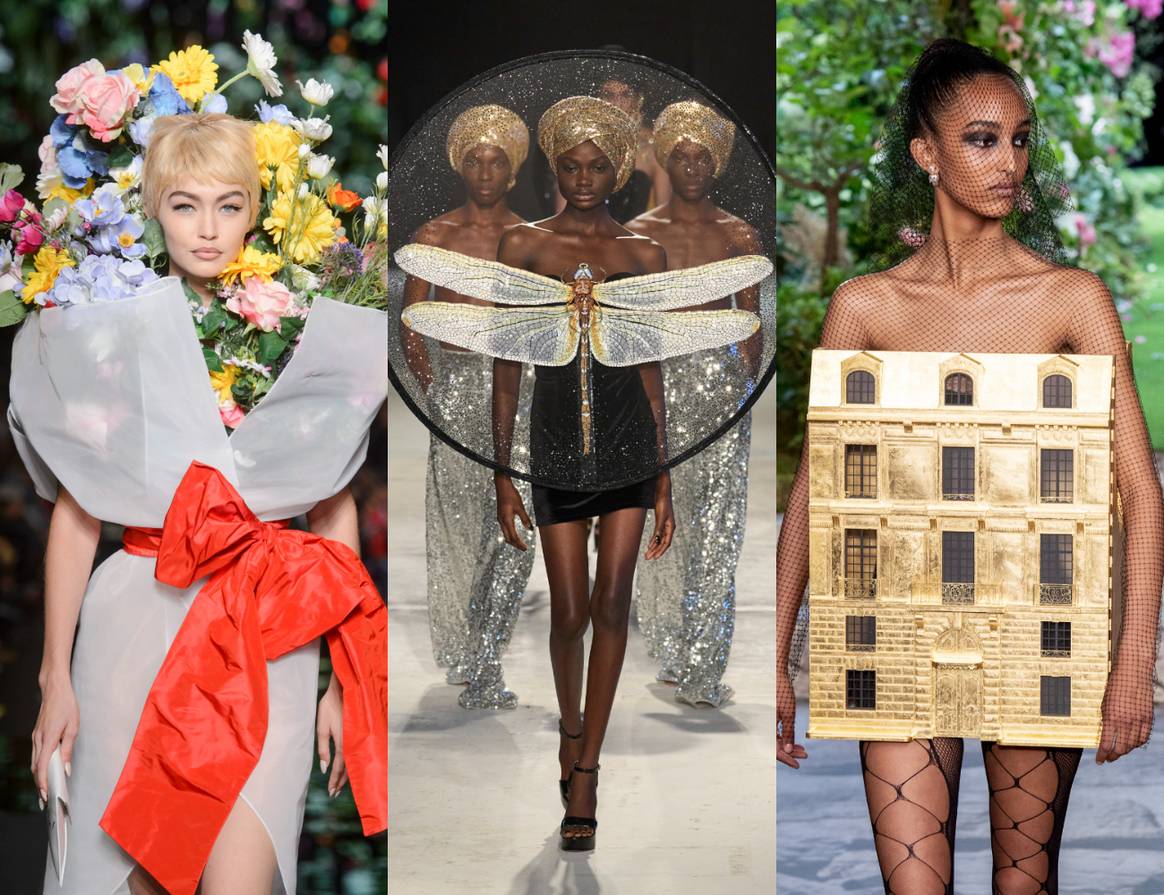
Many Met Gala attendees have become known for their tongue-in-cheek interpretations of the dress code, particularly those like Doja Cat and Jared Leto that often have a tendency to inject their sense of humour into the theme at hand. This will surely remain true this year, and could see some playful translations despite the innately dark theme. Here, it would be fascinating to see someone take on Dior’s FW19 sculptural house-shaped bodysuit in reference to Axel’s villa or one of Rahul Mishra’s SS24 dragonfly pieces, a straight-off-the-runway look that had garnered much online attention when initially unveiled.
Green optimism
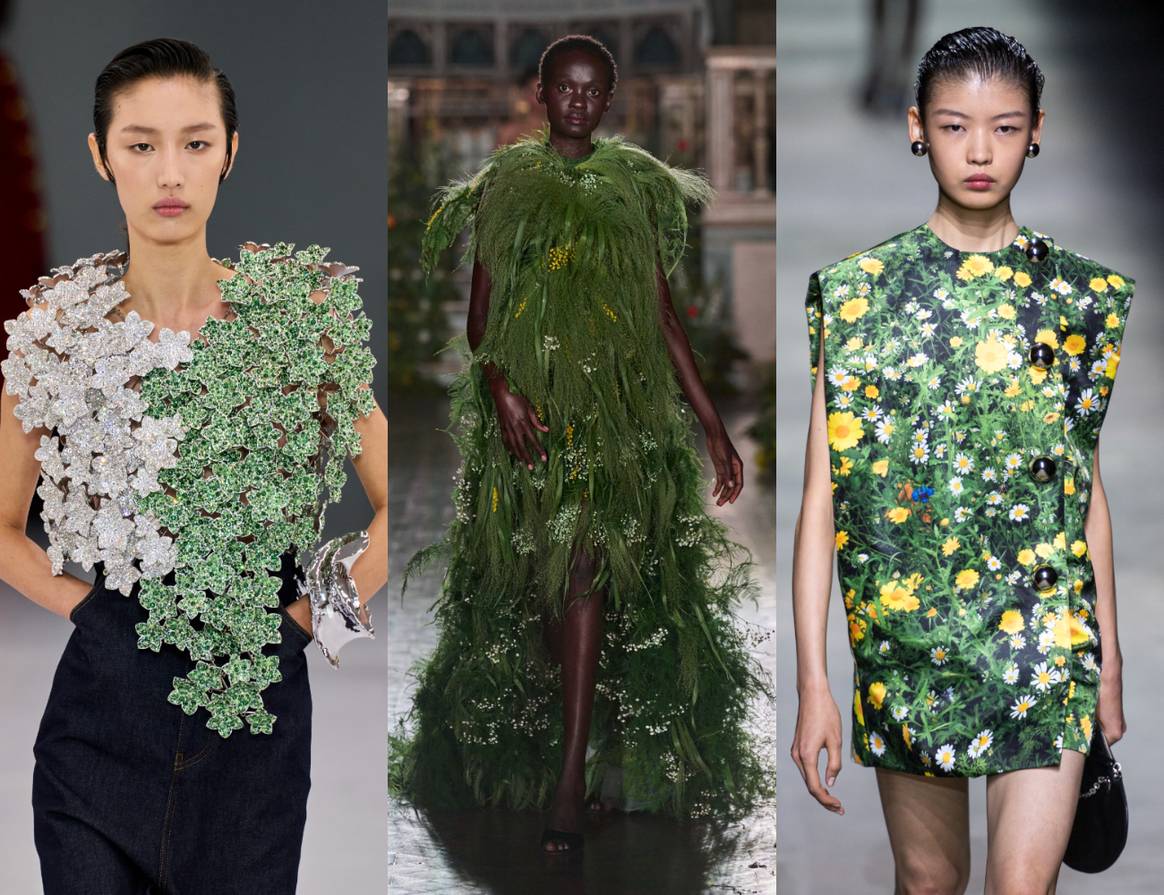
In what is yet another reference to the nature narrative, this selection takes on a greener format, reminiscent of well-nurtured lawns and wild flower fields. For those that are a little more daring, a look from the FW24 collection of Annie’s Ibiza stands out – notably the brand also encapsulated the dystopian opulence aesthetic very well in this line. A sleeker iteration of this is Christopher Kane’s SS20 piece, where a structural leather mini is adorned with an earthly environment.
Light and dark contrasts
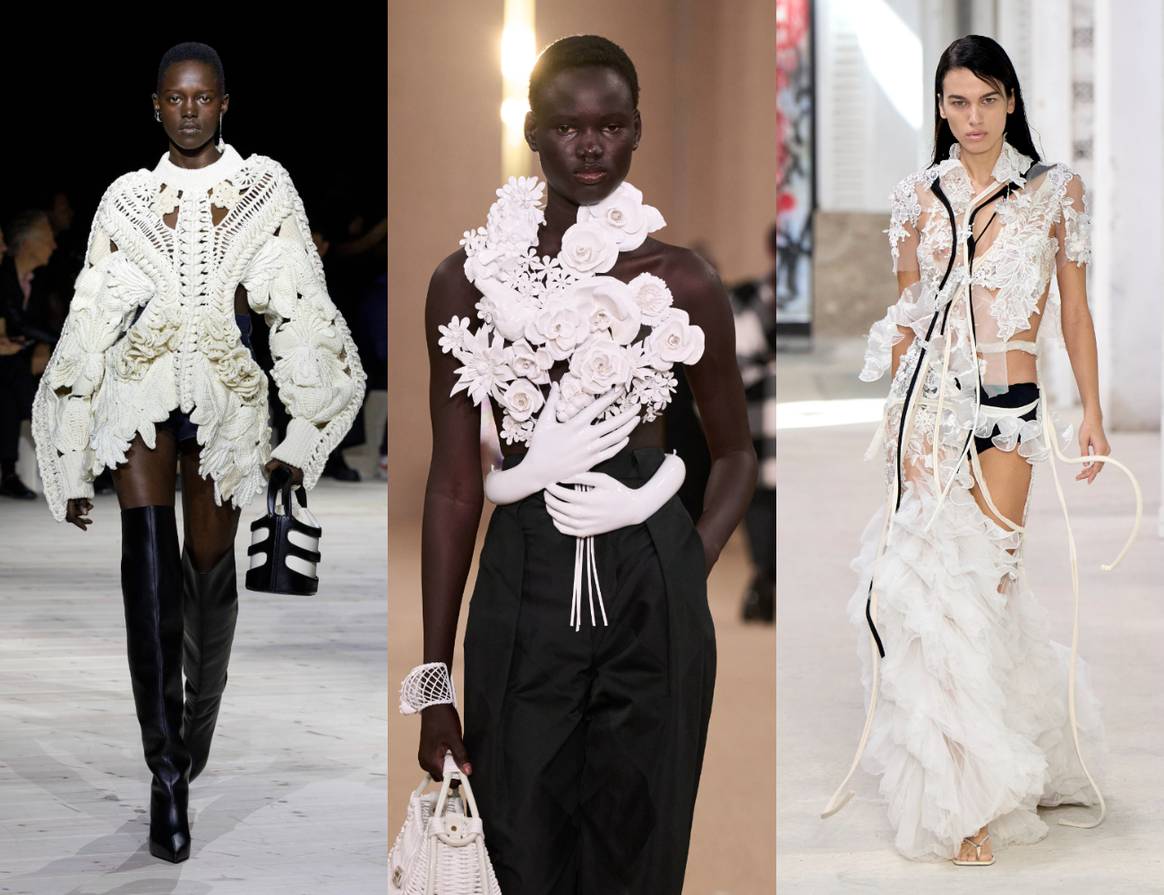
Much of the book speaks on this contrast between the lightweight world of Axel and his wife and the menacing atmosphere of the reality outside. As such, a play on light and dark could be a key feature to the red carpet this year. Sculptural lights, such as Alexander McQueen’s SS24 sweater and Balmain’s FW24 China-like bouquet, would be an interesting play on this idea, with darker detailing intertwined through the designs to reference the slowly impending shake up.
A couple with a fighting chance
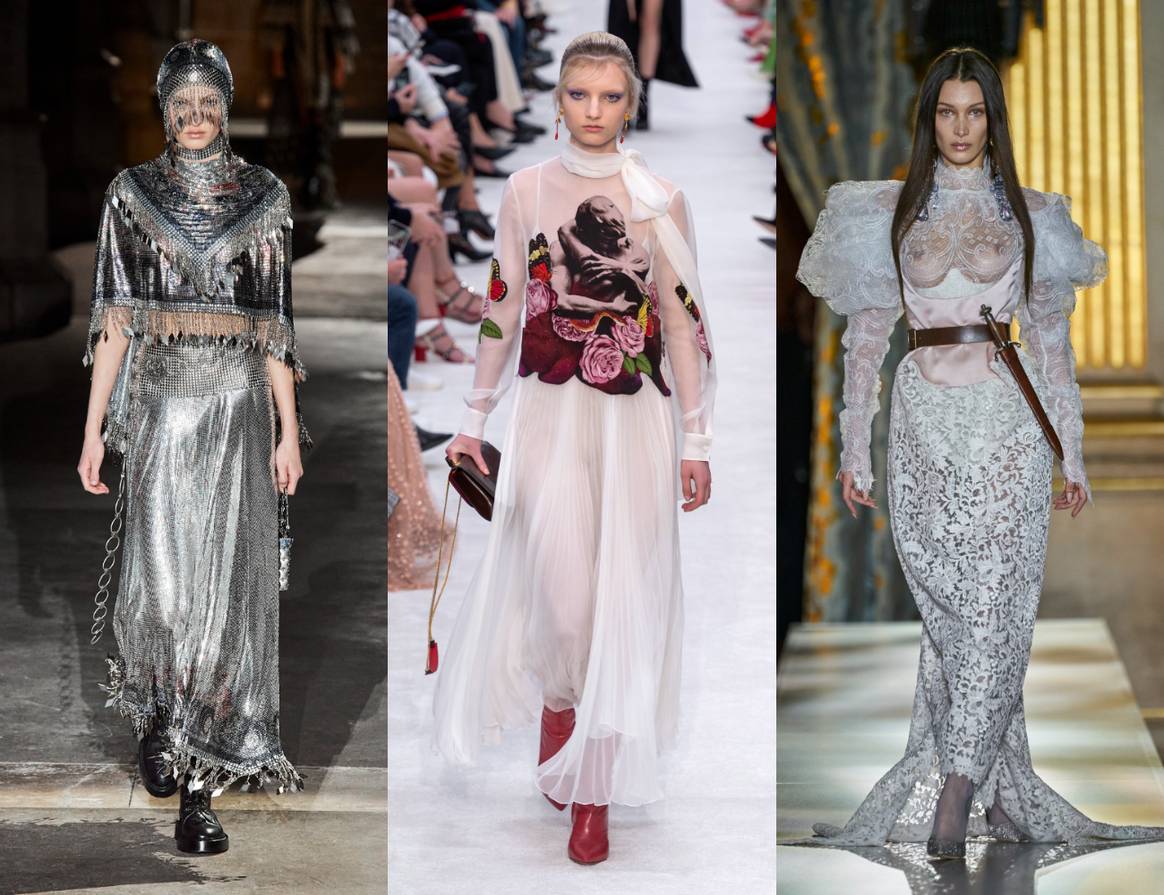
With Axel and his wife preparing to take on the outside world, it could be implied that the duo are now set to face a fight for survival. As such, an elevated take on romanticised armoury could be suitable for attendees, either in direct reflections of forms of protection or in subtle details, such as the inclusion of weaponry as accessories. Otherwise, another theatrical take on the storyline could pay homage to the devoted couple, a perfect example of which can be seen in Valentino’s FW19 collection.


